Thought-provoking and unsettling, the underrated “May” uses classic horror themes to show an alienated woman losing touch with reality.
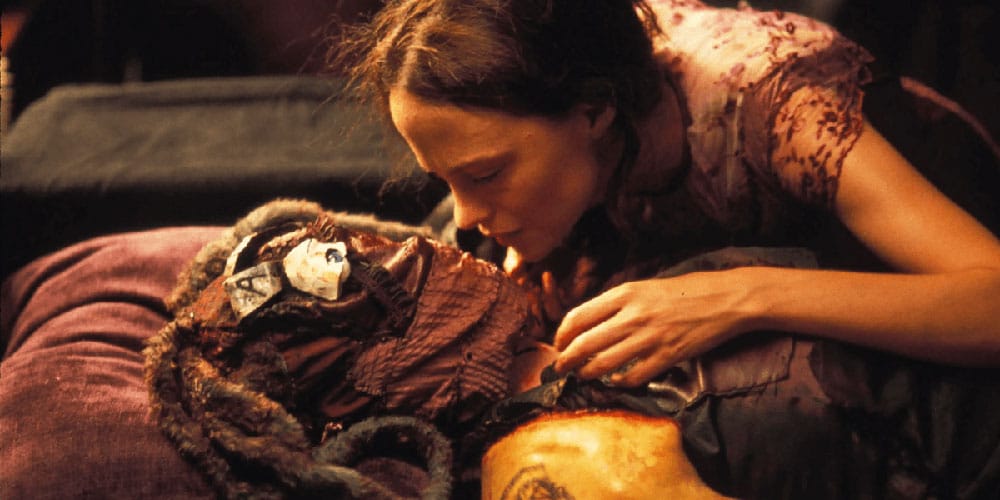
Written and directed by Lucky McKee, the psychological horror film May explores social isolation and societal expectations through the eyes of the titular character.
The film presents a slasher-type situation with a twist on Mary Shelley’s classic horror tale, Frankenstein. The story centers around a socially isolated young woman (Angela Bettis) who is drawn to one part of each person she’s attracted to. She kills those who reject her and harvests her favorite parts of them.
Like the iconic mad scientist Victor Frankenstein, May stitches the body parts together to create the perfect friend.
In the end, she sacrifices part of herself to complete it.
May Canady works as a veterinary assistant at an animal hospital. Born with a lazy eye, she spent most of her childhood wearing an eye patch. As a result, she’s always had trouble making friends. To help her feel less lonely, her mother (Merle Kennedy) gives May a doll named Suzy that she keeps safely locked behind a glass case and talks to her as if she’s alive.
When gifting her the doll, her mother explains, “If you can’t find a friend, make one.” This sentiment foreshadows the story’s grim twist.
The film follows May through a series of unsuccessful social interactions.

After correcting her lazy eye with contact lenses, she has a brief relationship with a mechanic and film student named Adam (Jeremy Sisto), whose hands she greatly admires. After her strange behavior causes Adam to reject her, May has a brief fling with her coworker, Polly (Anna Faris), whose neck she admires.
Unfortunately, like Adam, May believes Polly has rejected her as well when she visits her unannounced and finds Polly with another woman named Ambrosia (Nicole Hiltz). Although hurt and jealous, May notices and compliments Ambrosia’s attractive legs.
The shy and self-conscious May thinks she’s found her calling when she discovers a school for blind children and volunteers to help out with the young kids.
She loves the fact that they can’t see her and, therefore, can’t judge her. While there, she befriends another withdrawn child named Petey (Rachel David), who she feels a connection with.
Sadly, we soon discover the extent of May’s fear of rejection and the negative way it impacts her when a cat gifted to her by Polly seems disinterested in May, causing her to react violently.
This begins her downward spiral, which is quickly exacerbated when an accident at the school causes Suzy to get ruined and several kids to get injured.
After that, she stops trying to fit into society — and to be loved and accepted — and turns into the demented Doctor Frankenstein.
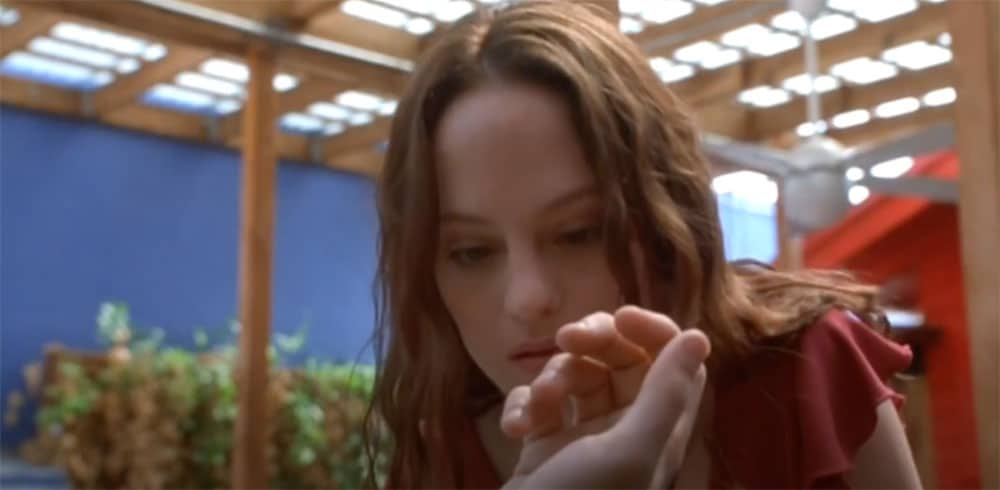
She eventually murders each person who rejected her, harvesting their best parts: Adam’s hands and his new girlfriend’s ears, Polly’s neck, and Ambrosia’s legs.
McKee’s story is perfectly constructed to create a portrait of the titular character. May is alienated to the point where she has trouble with relationships. Her extreme isolation, coupled with her upbringing, is what causes her downward spiral.
She fixates on people’s parts, wondering why there are so many great parts but no good wholes.
Her mother (Merle Kennedy) is portrayed as a perfectionist obsessed with appearances. When she drops May off for her first day at school, her mother seems more self-conscious about the eye patch than May. She fusses over her daughter’s hair and tries to use it to cover May’s eye patch and draw attention away from it.
Just as her mother fixated on May’s lazy eye, May notes an imperfection on Polly’s hand. She asks Polly if she’s considered having it removed. Polly looks puzzled and says that imperfections are what makes a person special — something May does not understand.
As a result of her isolation, May lives in her head. Her tenuous grip on reality is most vividly illustrated by her interaction with dolls. She chats with Suzy as if the doll is alive. When things go wrong, she yells at Suzy.
May reaches out to people who throw her one crumb of acceptance and devours it.
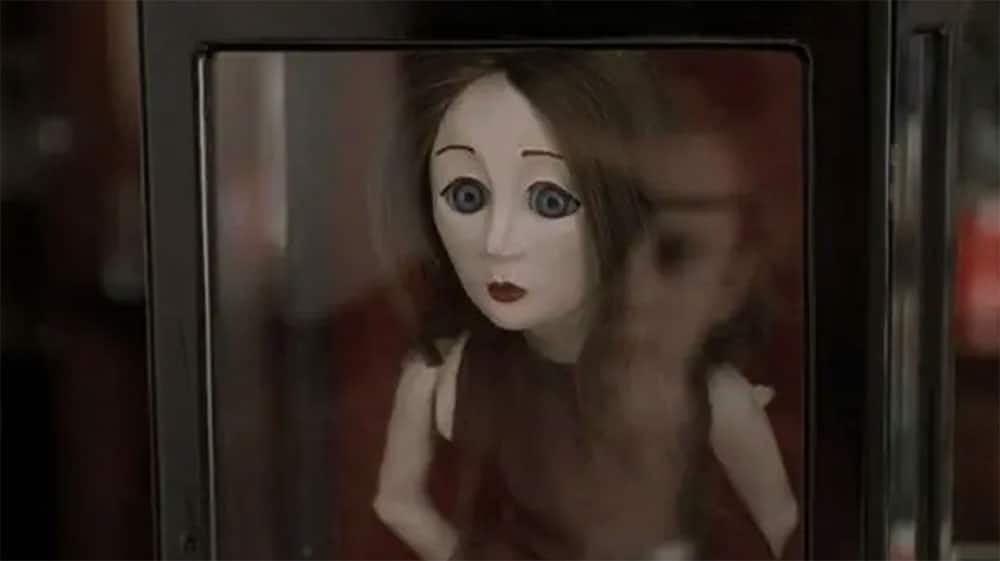
However, her isolation leaves her without a frame of reference for normal social interaction.
Her odd behavior frightens her potential companions away. And her mother’s obsession with physical perfection distorted her view of people. Coupled with her lack of experience, these factors make her view human beings like dolls — as a collection of parts.
May shows no emotion during the kills or as she sews severed body parts together. However, she cries hysterically when her creation doesn’t come to life.
Like Frankenstein’s monster, she walks out into the world without knowing what society is like. In this way, she is both the monster and creator.
Equipped with basic surgical skills as a veterinary assistant, she uses those skills to put together the perfect friend. Victor Frankenstein created his monster from grief, but May created her monster out of a need for acceptance, love, and compassion.
The entire cast, coupled with McKee’s intelligent writing and direction, draws the viewer to see the world through May’s eyes.
While May comes across as emotionally unstable, her frustration and anger due to her inability to relate to others are palpable. Even as she begins committing heinous acts, we still feel as if we can relate to her, and we very much see her as a victim and not just a villain.
Even as she spirals, Bettis’ performance of May ensures she remains a sympathetic and relatable character.
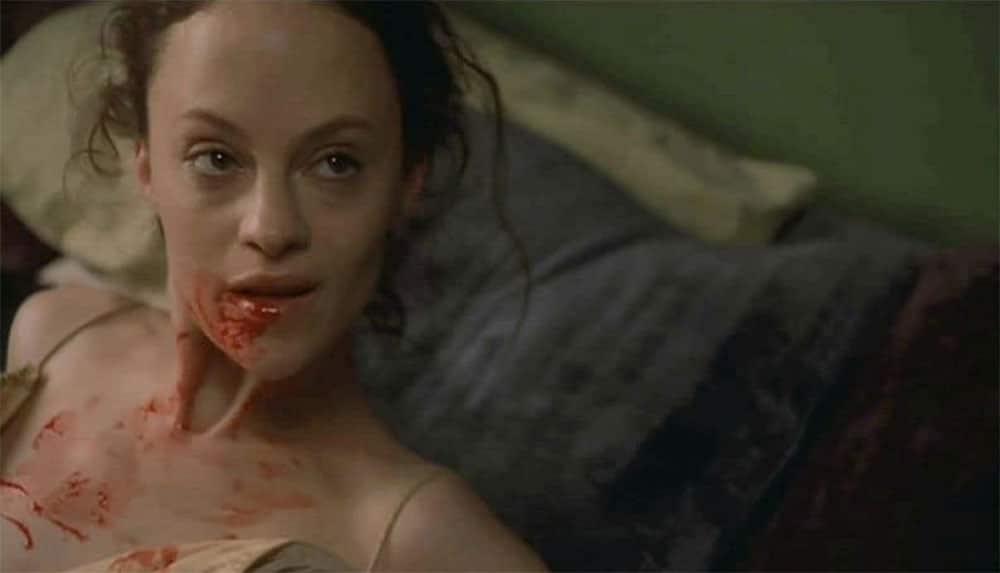
McKee weaves the story’s themes into the film with the use of setting and costumes.
May’s apartment is full of dolls. Dolls are plastic representations of people. However, they can’t talk back and can offer no comfort. May’s mother told her that Suzy was special and never to be taken out of her glass case. May expresses her frustration to Suzy, lamenting that she just wants someone she can hold.
It’s hard not to feel and care about her pain and loneliness.
Dolls can also symbolize a culture’s physical ideals. As someone self-conscious about her physical imperfection, May obsesses over physical perfection in others. However, a person may be pretty to look at like a doll in a box but offer little on an interpersonal level. Unfortunately, there are many people who are style over substance.
May’s wardrobe is also carefully chosen to reflect the theme of ‘otherness’ and lack of belonging.
Each piece she wears has a patchwork look to it of different types of material sewn together. The overall look fits the character making her look kind of like a rag doll. Ragdolls have always been less popular than fashion model dolls. May is like the rag doll on the shelf that no one wants.
After flying woefully under the radar, May earned a cult status and is definitely deserving of its place in horror history as a film that’s both challenging and unforgettable.


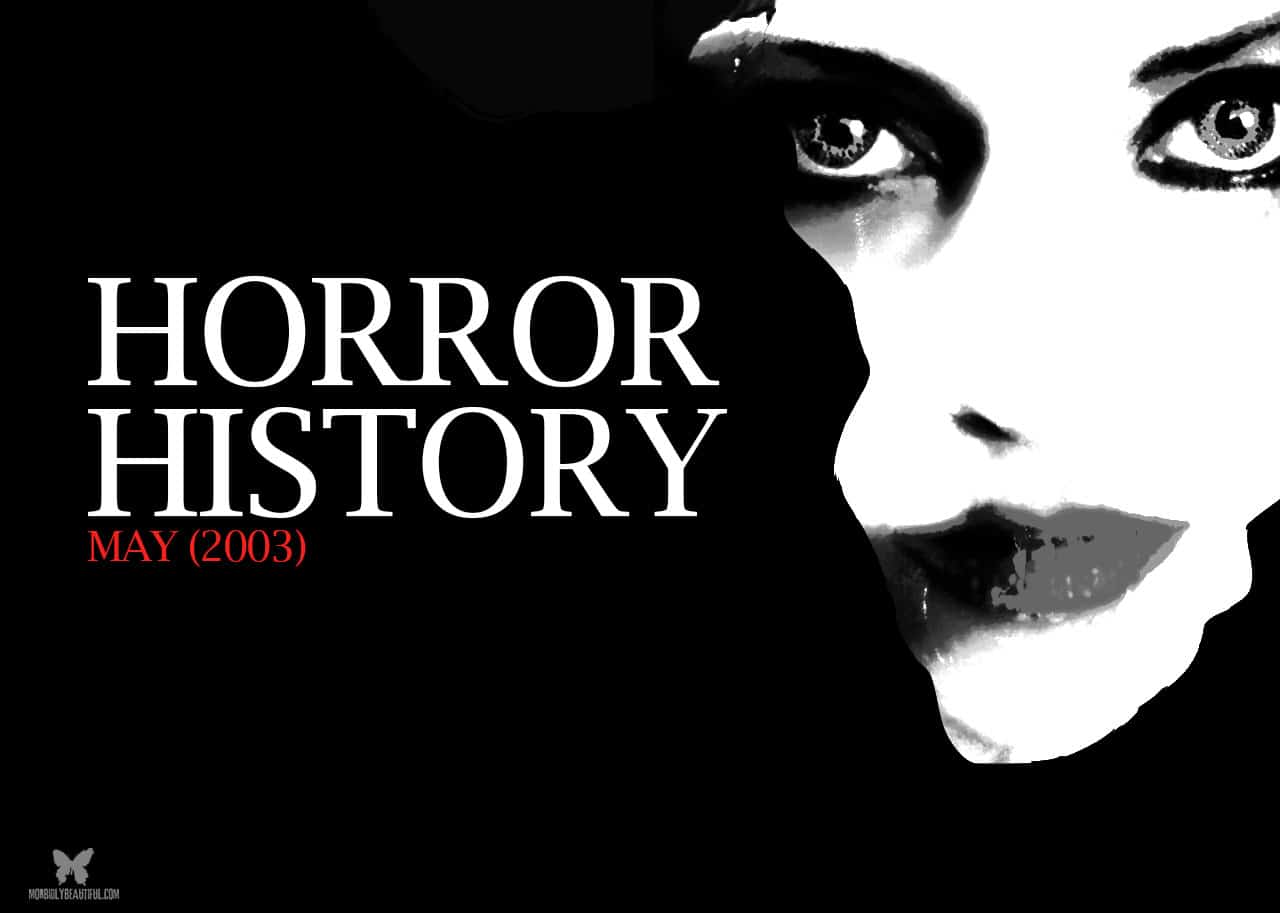
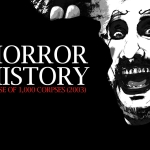



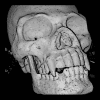







Follow Us!